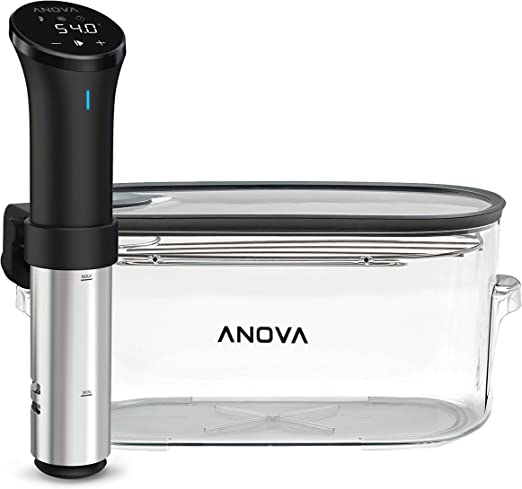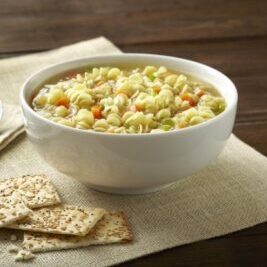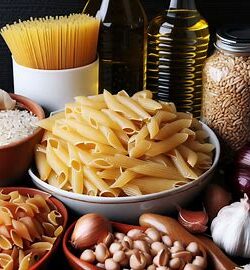Introduction to Sous vide cooking
Sous vide cooking has gained immense popularity in recent years, revolutionizing the way we cook by offering precise temperature control and incredible flavor. This cooking technique, which involves sealing food in airtight bags and immersing them in a water bath at a specific temperature, has its roots in professional kitchens. In this article, we will delve into the history, essential features, temperature guidelines, limitations, and safety considerations of sous vide cooking.
History of Sous Vide Cooking
Sous vide, meaning “under vacuum” in French, was initially developed in the mid-1970s by French chef Georges Pralus. The technique was primarily used by chefs to cook delicate foie gras, ensuring a perfectly cooked texture and retaining its natural flavors. Over time, sous vide gained popularity in professional kitchens worldwide, as chefs recognized its ability to consistently deliver perfectly cooked dishes.
Essential Features of Sous Vide Cooking:
- Precise Temperature Control: One of the key features of sous vide cooking is its precise temperature control. Using an immersion circulator or a sous vide machine, you can set the water bath to the exact temperature required for your recipe. This precision ensures that the food is cooked evenly from edge to edge, resulting in tender and succulent dishes.
- Airtight Bags: Sous vide cooking relies on sealing the food in airtight bags, usually using a vacuum sealer or zip-top bags with the air removed. This creates a barrier that prevents moisture loss and allows for enhanced flavor infusion.
Temperature Guidelines:
Sous vide cooking utilizes specific temperature guidelines to achieve desired results. Here are some general temperature ranges for common ingredients:
- Beef: Medium-rare: 129°F (54°C) to 135°F (57°C), Medium: 135°F (57°C) to 145°F (63°C)
- Poultry: Chicken and turkey: 145°F (63°C) to 165°F (74°C)
- Pork: Medium-rare: 140°F (60°C) to 145°F (63°C), Medium: 145°F (63°C) to 155°F (68°C)
- Fish and Seafood: 120°F (49°C) to 140°F (60°C), depending on the desired doneness and type of fish
Limitations of Sous Vide Cooking:
While sous vide cooking offers numerous benefits, it is important to be aware of its limitations:
- Lengthy Cooking Times: Sous vide cooking typically requires longer cooking times compared to traditional methods. This can be a drawback if you’re seeking a quick meal option.
- Lack of Maillard Reaction: Sous vide cooking does not provide the same browning or crust formation that traditional methods, such as grilling or searing, can achieve. To enhance texture and appearance, additional steps such as searing the food after sous vide cooking may be necessary.
Safety Considerations:
Sous vide cooking is generally safe if proper precautions are followed:
- Temperature Control: Ensure that the water bath remains at the correct temperature throughout the cooking process. Regularly check the temperature using a reliable thermometer.
- Food Safety: Properly handle and store the food before and after sous vide cooking to minimize the risk of foodborne illnesses. Follow recommended guidelines for handling, marinating, and chilling the food.
- Bag Safety: Use food-grade, BPA-free plastic bags that are specifically designed for sous vide cooking. Avoid using non-food-grade plastic bags or containers that may release harmful chemicals when exposed to high temperatures.
Popular sous vide cooking appliances
Listed here are popular and highly regarded brands in the sous vide cooking appliance market based on their reputation, customer reviews, and industry recognition. It’s important to note that ratings can vary over time, so it’s advisable to check current reviews and ratings before making a purchase decision. Here are some reputable brands known for their quality sous vide cooking appliances:
- Anova Culinary
- ChefSteps
- Joule
- Breville
- SousVide Supreme
- Gourmia
- Instant Pot (select models with sous vide functionality)
- KitchenAid
- Sansaire
- PolyScience Culinary
These brands have a strong presence in the sous vide market and are generally well-regarded by both professionals and home cooks. It’s recommended to research specific models and read customer reviews to find the best sous vide cooking appliance that suits your needs and preferences.
Conclusion:
Sous vide cooking has revolutionized the culinary world, allowing chefs and home cooks to achieve precise and consistent results with remarkable flavors. With its origins in professional kitchens, sous vide has become increasingly accessible for home use with the availability of affordable immersion circulators and sous vide machines.
By understanding its history, essential features, temperature guidelines, limitations, and safety considerations, you can embark on a culinary journey that combines precision and taste, elevating your cooking to new heights with the remarkable technique of sous vide.




